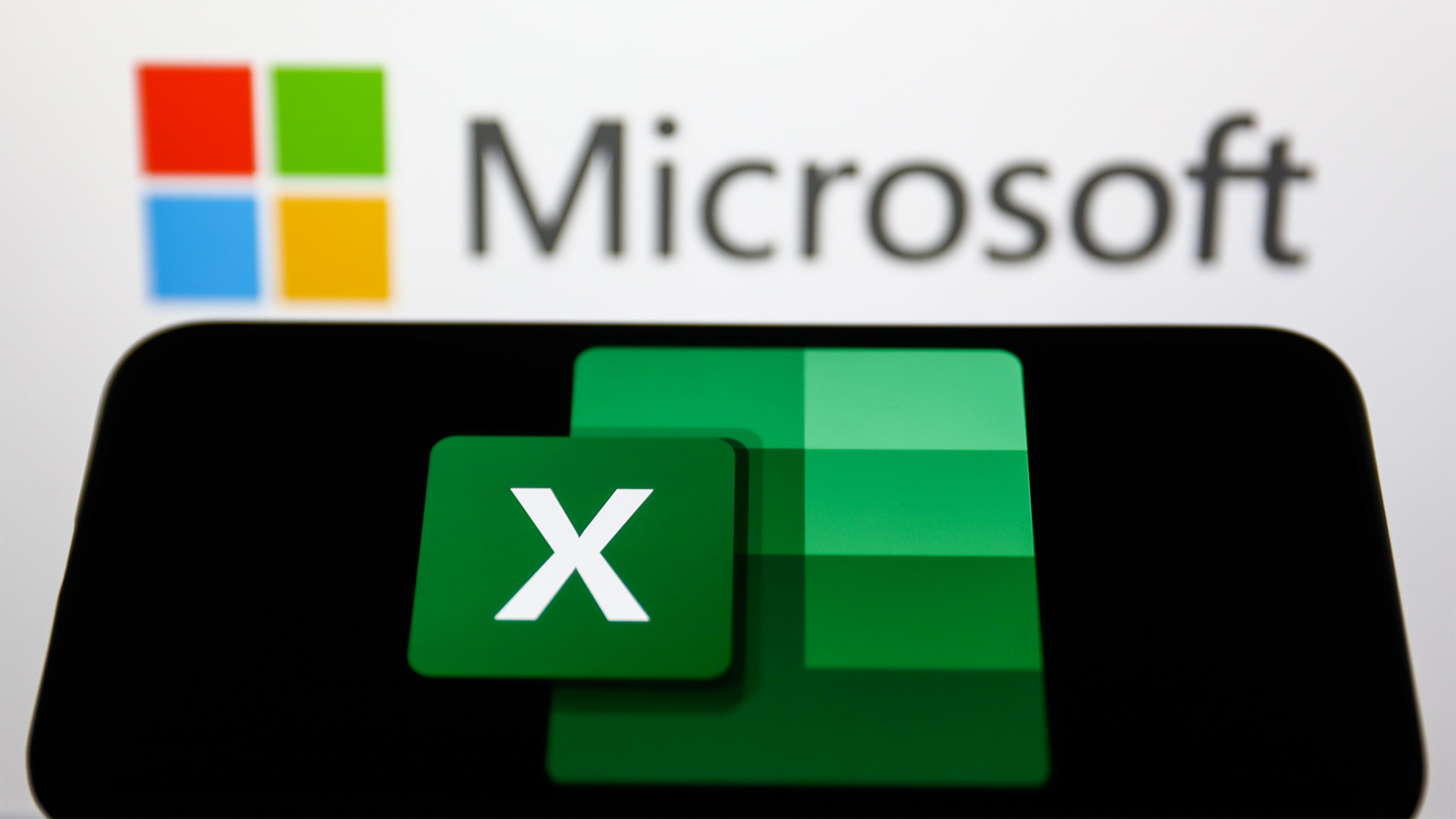Apple iPad 2 review
The best tablet of the year or an unnecessary consumer bauble? We take an in-depth look at the 16GB WiFi iPad 2 to see whether you should deploy it in your business.
Despite some operating system niggles, the otherwise slick iOS combined with elegantly designed hardware leads to some real, tangible benefits for the end user - such as excellent battery life. All this makes the iPad 2 the standard by which all other tablets will be judged. If you've already deployed the original iPad there's not enough in the new model, with the possible exception of the dual core processor, to make it worth upgrading. Although it's currently the best tablet you can get, if you're deploying tablets for the first time and can wait, it'll be worth seeing how well it compares against the numerous upcoming competing tablets from rival manufacturers.
Exchange support does mean the iPad 2 can be remotely locked and wiped in the event that it's lost or stolen. This would wipe the entire iPad though, which may or may not be desirable if your company allows employees to use their own Exchange-connected iPads for work purposes. Alternative remote lock and wipe services are available, including Apple's own free Find My iPhone app which also works with the iPad 2.
Giving presentations is now a lot easier thanks to new the HDMI adapter, sold separately, which allows the entirety of iPad's screen, from apps to the home screen, to be mirrored onto a HD TV or projector. The adapter also you to charge your iPad 2 even as you give your presentation.
Making a secure VPN connection shouldn't a problem as iOS 4.3 supports the L2TP, PPTP, and Cisco IPSec VPN protocols out of the box. There's also a huge array of apps available from database apps to office suites, alternative Exchange clients and remote desktop apps. Apple's own iPhone Configuration Utility also supports the iPad 2, allowing IT departments to deploy multiple iPads with the same settings, application restrictions and provisioning certificates for enabling in-house non-App Store distributed apps. More sophisticated management and deployment utilities from third parties are also available.
Sign up today and you will receive a free copy of our Future Focus 2025 report - the leading guidance on AI, cybersecurity and other IT challenges as per 700+ senior executives
-
 Trump's AI executive order could leave US in a 'regulatory vacuum'
Trump's AI executive order could leave US in a 'regulatory vacuum'News Citing a "patchwork of 50 different regulatory regimes" and "ideological bias", President Trump wants rules to be set at a federal level
By Emma Woollacott Published
-
 Microsoft Excel is still alive and kicking at 40 – and it's surging in popularity as 82% of finance professionals report ‘emotional attachment’ to the spreadsheet software
Microsoft Excel is still alive and kicking at 40 – and it's surging in popularity as 82% of finance professionals report ‘emotional attachment’ to the spreadsheet softwareNews A recent survey found Gen Z and Millennial finance professionals have a strong “emotional attachment” to Microsoft Excel
By Emma Woollacott Published
-
 LastPass hit with ICO fine after 2022 data breach exposed 1.6 million users – here’s how the incident unfolded
LastPass hit with ICO fine after 2022 data breach exposed 1.6 million users – here’s how the incident unfoldedNews The impact of the LastPass breach was felt by customers as late as December 2024
By Emma Woollacott Published